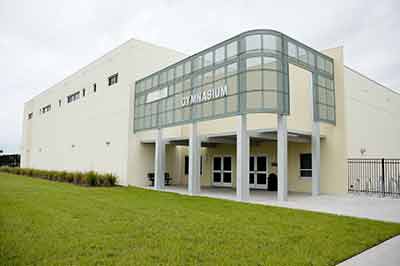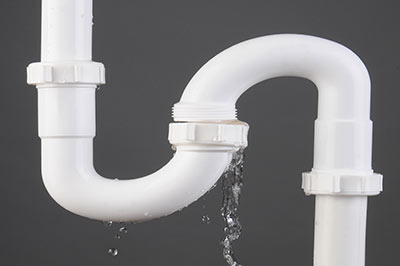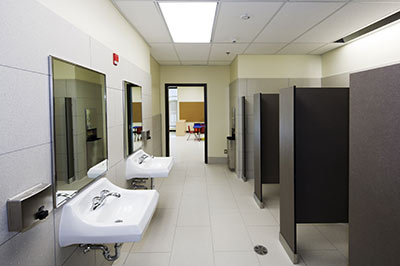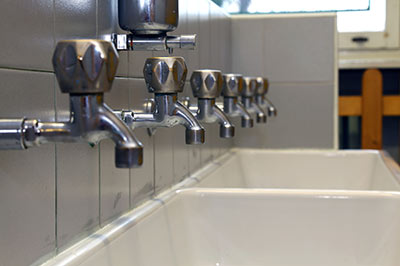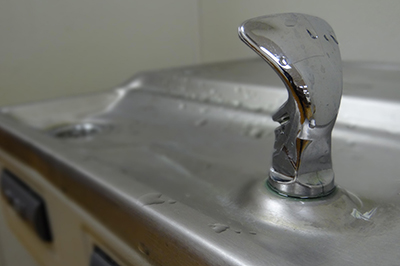Category: Resources/Research
California Regulations Related to Drinking Water
Water Quality: A Field-Based Water Quality Testing Program for Middle Schools and High Schools
Massachusetts Water Resource Authority.
Water in Schools: FAQs
Frequently Asked Questions (FAQ)
Why is water important?
Water is an essential nutrient that is vital to life. Poor hydration can harm physical and mental performance. Healthy and calorie-free, water is the perfect hydrating beverage and an ideal alternative to sugary drinks, such as soda. When kids are thirsty, they should be reaching for water, not soda.
More information
Is this really an issue? Aren't kids able to get a drink water in schools now?
Yes, unfortunately, this is an issue! At first glance, people might think it a "no-brainer": of course kids can get water in schools. But, looking more closely, the situation is worse than many think. In California, a recent survey found that at least 40 percent of responding districts did not have access to free drinking water for students during school meals. As new laws come into effect that rid schools of sodas and other unhealthy beverages, it is vital to make sure that the healthy alternatives are easy and convenient. Ensuring that students have drinking water easily available and accessible is a key strategy to combating obesity and encouraging healthy habits.
Water in Schools: What’s Currently Required?
What's Currently Required?
An array of federal, state, and local policies and regulations govern water availability in schools. Recent legislation created a federal requirement that free drinking water be available to students during school meals. Some states might also have their own policies. In September 2010, California passed legislation, SB 1413 (Leno), to require that free, fresh drinking water be available where meals are served or eaten. Massachusetts has enacted similar legislation and other cities and localities might have similar requirements.
Other local and state policies can also broadly influence access to water in school buildings, but these are generally not specific to availability during meals or in the areas where meals are served or eaten. In addition, state and local policies can govern water safety and water testing.
Because policies to require water availability with school meals are relatively recent, many schools are probably not currently in compliance. Some schools might have existing local policies or rules, perhaps stemming from local school wellness policies, that require water to be available during meals. For more on wellness policies, click here.
What follows is a summary of the current policies related to water access and availability in schools.
EPA Publications about Indoor Air Quality in Schools
Publications from EPA on Indoor Air Quality
Walkthrough: Four Schools Making a Difference
Indoor Air Quality: Ventilation Basics
Indoor Air Quality in Schools: Taking Action
Financing Healthy School Environments
EPA, 2016. Numerous sources of funding are available to create and support healthy, productive school environments for students and staff. The links on this page describe how to find a variety of funding sources, including grants, tax credits, loans and others.

